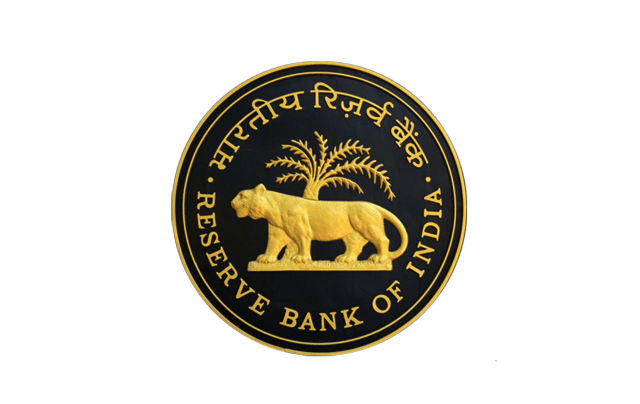CURRENT AFFAIRS
Get the most updated and recent current affair content on Padhaikaro.com
What is the RBI’s MPC?
- IAS NEXT, Lucknow
- 08, Mar 2022

Reference News:-
Jayant Varma, Member of the Monetary Policy Committee (MPC) of the Reserve Bank of India (RBI), who has been opposing the RBI’s accommodative policy stance, has said the “stance carries with it the risk of falling behind the curve in future because the stance limits the MPC’s freedom of action in ensuing meetings”.
What is an accommodative policy stance?
An accommodative stance means the central bank is prepared to expand the money supply to boost economic growth. The central bank, during an accommodative policy period, is willing to cut the interest rates.
About MPC:
The RBI has a government-constituted Monetary Policy Committee (MPC) which is tasked with framing monetary policy using tools like the repo rate, reverse repo rate, bank rate, cash reserve ratio (CRR).
- It has been instituted by the Central Government of India under Section 45ZB of the RBI Act that was amended in 1934.
Functions:
The MPC is entrusted with the responsibility of deciding the different policy rates including MSF, Repo Rate, Reverse Repo Rate, and Liquidity Adjustment Facility.
Composition of MPC:
- The committee will have six members. Of the six members, the government will nominate three. No government official will be nominated to the MPC.
- The other three members would be from the RBI with the governor being the ex-officio chairperson. Deputy governor of RBI in charge of the monetary policy will be a member, as also an executive director of the central bank.
Selection and term of members:
- Selection: The government nominees to the MPC will be selected by a Search-cum-Selection Committee under Cabinet Secretary with RBI Governor and Economic Affairs Secretary and three experts in the field of economics or banking or finance or monetary policy as its members.
- Term: Members of the MPC will be appointed for a period of four years and shall not be eligible for reappointment.
How decisions are made?
Decisions will be taken by majority vote with each member having a vote.
RBI governor’s role: The RBI Governor will chair the committee. The governor, however, will not enjoy a veto power to overrule the other panel members, but will have a casting vote in case of a tie.
What is RBI Monetary Policy?
- The term ‘Monetary Policy’ is the Reserve Bank of India’s policy pertaining to the deployment of monetary resources under its control for the purpose of achieving GDP growth and lowering the inflation rate.
- The Reserve Bank of India Act 1934 empowers the RBI to make the monetary policy.
What the Monetary Policy intends to achieve?
As per the suggestions made by Chakravarty Committee, aspects such as price stability, economic growth, equity, social justice, and encouraging the growth of new financial enterprises are some crucial roles connected to the monetary policy of India.
- While the Government of India tries to accelerate the GDP growth rate of India, the RBI keeps trying to bring down the rate of inflation within a sustainable limit.
- In order to achieve its main objectives, the Monetary Policy Committee determines the ideal policy interest rate that will help achieve the inflation target in front of the country.
Monetary Policy Instruments and how they are managed?
- Monetary policy instruments are of two types namely qualitative instruments and quantitative instruments.
- The list of quantitative instruments include Open Market Operations, Bank Rate, Repo Rate, Reverse Repo Rate, Cash Reserve Ratio, Statutory Liquidity Ratio, Marginal standing facility and Liquidity Adjustment Facility (LAF).
- Qualitative Instruments refer to direct action, change in the margin money and moral suasion.